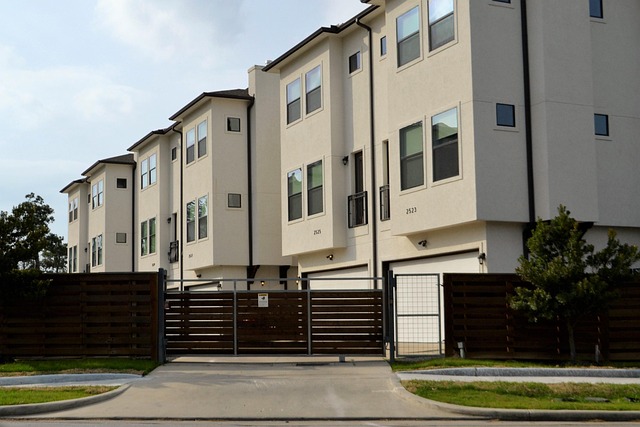Adaptive Reuse: Transforming Commercial Spaces into Residential Gems
Real estate's latest trend is breathing new life into abandoned commercial properties. As urban landscapes evolve, developers are increasingly turning to adaptive reuse, converting offices, factories, and retail spaces into unique residential havens. This innovative approach not only revitalizes neighborhoods but also offers a sustainable solution to housing shortages. With a 37% increase in adaptive reuse projects over the past five years, this strategy is reshaping the real estate market in unexpected ways.

In the past decade, adaptive reuse has shifted from a niche strategy to a mainstream solution for urban housing challenges. Factors driving this trend include changing work patterns, increased focus on sustainability, and the need for affordable housing options in city centers. The COVID-19 pandemic has further accelerated this shift, as remote work policies have left many commercial spaces underutilized.
Economic Benefits of Commercial-to-Residential Conversions
The financial advantages of adaptive reuse projects are compelling for both developers and investors. Converting existing structures often proves more cost-effective than new construction, with savings ranging from 16% to 28% on average. These projects typically have shorter timelines, reducing carrying costs and allowing for quicker returns on investment.
Moreover, adaptive reuse developments often qualify for tax incentives and grants, particularly when involving historic preservation or sustainable building practices. In some cities, zoning changes have made it easier to convert commercial properties to residential use, further enhancing the economic appeal of these projects.
Sustainability and Environmental Impact
Adaptive reuse aligns perfectly with growing environmental concerns in the real estate sector. By repurposing existing structures, developers can significantly reduce the carbon footprint associated with new construction. Studies show that adaptive reuse projects can cut embodied carbon emissions by up to 50% compared to new builds.
This approach also helps preserve urban green spaces by reducing the need for new development on undeveloped land. Additionally, many adaptive reuse projects incorporate modern energy-efficient systems and sustainable materials, further enhancing their environmental benefits.
Challenges in Adaptive Reuse Projects
While adaptive reuse offers numerous benefits, it’s not without challenges. One of the primary hurdles is navigating complex building codes and zoning regulations. Many older buildings were not designed to meet modern residential standards, requiring significant upgrades to comply with current safety and accessibility requirements.
Structural issues can also pose challenges. Older buildings may require extensive remediation for issues like asbestos, lead paint, or structural instability. These unforeseen problems can lead to cost overruns and project delays if not properly anticipated and managed.
Market Demand and Consumer Preferences
The unique character of adaptive reuse properties is increasingly appealing to modern renters and buyers. A survey by the National Association of Realtors found that 61% of millennials prefer living in repurposed buildings with history and character over new construction. This demographic trend is driving demand for converted lofts, warehouse apartments, and other non-traditional living spaces.
Adaptive reuse projects often preserve architectural elements that give buildings a distinct identity, such as high ceilings, exposed brick, or large windows. These features create a sense of authenticity and uniqueness that many consumers find attractive in an era of mass-produced housing.
Impact on Urban Revitalization
Adaptive reuse projects play a crucial role in urban revitalization efforts. By repurposing vacant or underutilized buildings, these developments can breathe new life into struggling neighborhoods. This influx of residents often leads to increased foot traffic, supporting local businesses and improving overall community vibrancy.
In many cities, adaptive reuse has become a key strategy for addressing housing shortages without contributing to urban sprawl. By creating housing in existing urban cores, these projects support the principles of smart growth and transit-oriented development.
Future Trends in Adaptive Reuse
Looking ahead, the adaptive reuse trend is likely to continue evolving. With the ongoing shift in work patterns, experts predict a surge in office-to-residential conversions in the coming years. Some developers are already exploring innovative concepts like converting parking garages into housing as urban transportation needs change.
Technology is also playing an increasing role in adaptive reuse projects. Advanced 3D modeling and virtual reality tools are helping developers and architects visualize potential conversions more effectively, streamlining the planning and design process.
As cities continue to grapple with housing affordability and sustainability challenges, adaptive reuse is poised to become an even more integral part of the real estate landscape. This innovative approach not only addresses practical needs but also preserves the cultural and architectural heritage of our urban environments, creating unique living spaces that bridge the past and future of our cities.





